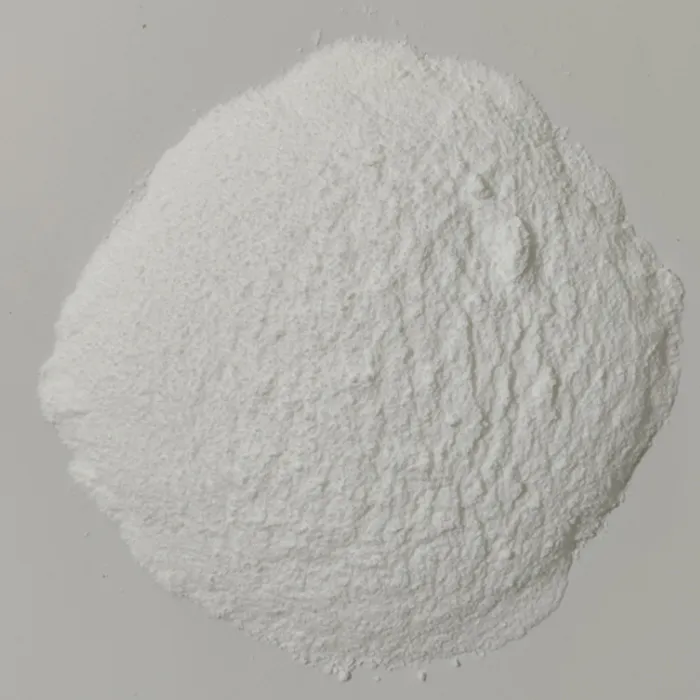The Role of 1,3-Dimethyl-6-Chlorouracil in Medicinal Chemistry
1,3-Dimethyl-6-chlorouracil (DMClU) is a derivative of uracil, a nucleobase that is an integral component of RNA. This compound is notable for its structural modifications, specifically the presence of two methyl groups at the 1 and 3 positions and a chlorine atom at the 6 position of the uracil ring. These modifications significantly influence the compound's biological activity and potential applications in medicinal chemistry.
Chemical Properties and Synthesis
The distinctive structure of 1,3-Dimethyl-6-chlorouracil positions it uniquely in chemical synthesis and biological activities. The introduction of methyl groups typically enhances lipid solubility, which affects the compound’s absorption and distribution in biological systems. The chlorine atom introduces additional reactivity, which can be exploited in further chemical transformations or interactions with biological macromolecules.
Synthetic pathways to create DMClU often involve the alkylation of uracil derivatives followed by chlorination. For instance, starting from uracil, one can employ specific methylating agents to introduce the two methyl groups at the designated positions, followed by the use of chlorinating agents to incorporate the chlorine atom. This multi-step synthesis highlights the compound's relevance in organic chemistry and its utility in drug development.
The Role of 1,3-Dimethyl-6-Chlorouracil in Medicinal Chemistry
The biological relevance of DMClU primarily stems from its potential as an antineoplastic agent. Similar to other uracil analogs, DMClU can interfere with nucleic acid synthesis by mimicking natural nucleobases. This interference can disrupt the replication of cancer cells, making DMClU a candidate for further exploration in cancer treatment protocols. Studies have shown that compounds with modified uracil structures can exhibit selective toxicity toward cancerous cells while sparing normal cells, a feature that is extremely valuable for chemotherapy.
1,3-dimethyl-6-chlorouracil

Moreover, DMClU has been investigated for its potential antiviral properties. Compounds similar to DMClU have shown efficacy against various viruses by inhibiting viral replication. The mechanism generally involves competition with normal uracil for incorporation into RNA, leading to faulty viral genomes and impaired viral propagation.
Therapeutic Applications and Future Directions
The exploration of DMClU and its analogs continues to be an area of significant interest for researchers. With the advent of molecular biology techniques and high-throughput screening, the understanding of how structural variations in DMClU influence its biological activity is becoming clearer. This knowledge paves the way for the design of new derivatives that could exhibit enhanced selectivity and potency against specific tumor types or viral infections.
In addition to its therapeutic potential, DMClU may also find applications in biochemical research. Its role as a uracil analog can facilitate studies on RNA metabolism and the mechanisms of nucleic acid recognition by various enzymes, offering insights that are crucial for advancements in genetic engineering and synthetic biology.
Conclusion
1,3-Dimethyl-6-chlorouracil stands at the intersection of organic chemistry and pharmacology, showcasing the power of structural modification in altering biological properties. As research progresses, DMClU may not only contribute to cancer and antiviral therapies but also enhance our understanding of molecular interactions within nucleic acids. With ongoing innovations in drug design and synthesis, the future holds promising potential for this compound in addressing some of the pressing health challenges of our time.

